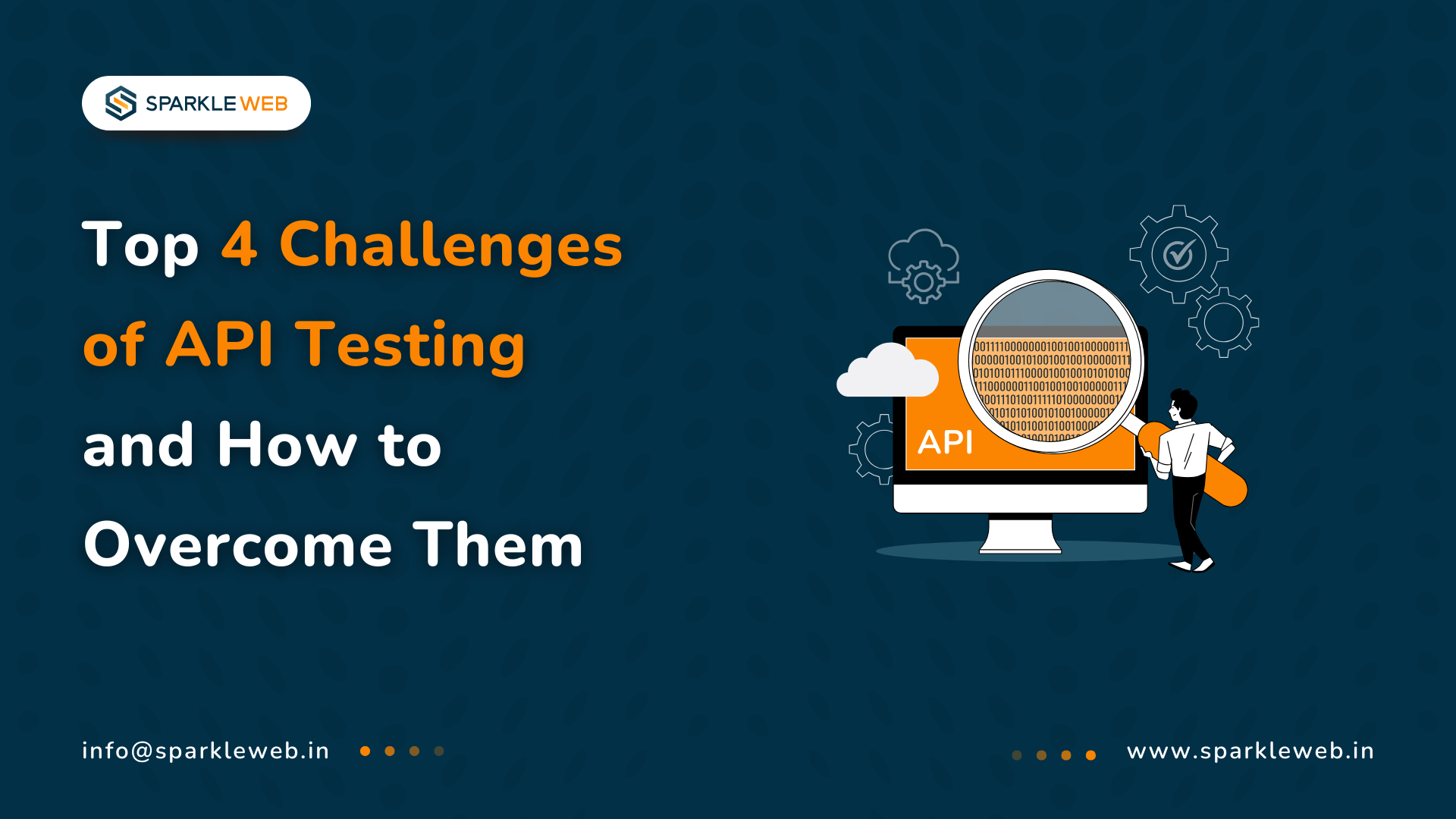Today, almost every software application runs on multiple devices like computers, mobile phones, or tablets. These applications are no longer just single programs doing one job. Instead, they are built with several parts (called services) that talk to each other using APIs (Application Programming Interfaces).
APIs are like messengers. They help different parts of a program, or even different programs, talk to each other smoothly. When testing an app, it is no longer enough to check only what you see on the screen (the user interface). You also need to test these hidden messengers (APIs) to make sure everything works well behind the scenes. This is where API testing becomes very important.
Let’s take a detailed look at the benefits of API testing, the main challenges people face during API testing, and how to deal with those problems using simple and modern methods.
Benefits of API Testing:
1. Works with Any Language:
API testing does not depend on the programming language used to build the app. It usually uses common formats like JSON or XML to send data. This means the testing team can use any language or tool they are comfortable with.
2. Helps Build a Smooth User Experience:
APIs can be used to bring data or content from one app into another easily. This helps apps work well together and provides users with a better, more connected experience.
3. Protects Against Security Issues and Code Breaks:
When API testing is done properly, it can catch problems caused by bad code or hackers trying to enter the app. It ensures the app behaves properly even when given unexpected input.
4. Saves Testing Time:
API testing is faster than other types of testing, like testing the full user interface. It allows testers to run many tests quickly.
5. Helps Developers Work Faster:
Developers often reuse code. API testing supports this by checking the reused code works correctly, helping save time and effort.
6. Fast and Cost-Effective:
API tests require less code and give faster results than GUI-based testing. This not only saves time but also reduces the money spent on testing. Faster testing also means quicker identification and fixing of bugs.
4 Major Challenges in API Testing:
1. Too Many Use Cases to Handle:
In traditional testing, testers check if the system gives the expected result after entering some input. But with APIs, there are many different ways they can be used. Since APIs connect many parts of the app, the number of tests needed becomes very large and very fast. It can overwhelm the testing team.
2. Access to All Systems is Difficult:
APIs often depend on data from other APIs or systems. These systems can be like tree roots, spreading far and wide. However, testers may not always have access to all parts of this tree. So, testing becomes hard. The solution is to create fake versions (mocks) of these systems. However building good mocks can be very difficult, especially when trying to simulate things like delays or errors in real use.
3. Different Ways of Handling Responses:
APIs don’t always give instant answers. Sometimes they wait or call other APIs first. One API call can trigger several tasks at the same time or in order. As the number of connected APIs increases, things get more complicated. Testing each part alone and then all together is very important, but also difficult to manage.
4. API Versioning Adds Confusion:
APIs often have different versions. Older versions may still be in use, while newer versions are released. If not handled well, some apps may break. Versioning also requires APIs to handle missing or old data correctly. Testing all versions becomes complex and confusing.
How to Solve These Challenges:
To solve these problems, teams should use a step-by-step approach and include automation wherever possible. Let’s break this down into 4 easy phases:
Phase 1: Integration Level Testing
-
In this phase, we test if APIs can connect with other services properly.
-
We check if the data is sent and received correctly.
Phase 2: Process / Orchestration Testing
-
Here, we test how well business rules and sequences work.
-
We make sure the app handles errors properly.
- We test if services are being reused efficiently.
Phase 3: Security and Governance Testing
-
In this phase, we check if the API is secure.
-
We also check if the app follows rules set by the government or industry.
- We test performance, data safety, and transaction handling.
Phase 4: System-Level Testing
-
Finally, we test if the overall solution meets what the business wants.
-
We test it in real-world conditions.
Common Bugs Found Through API Testing:
1. Authentication Problems:
Sometimes, entering the wrong characters can break login or access features. API testing helps catch these problems early.
2. Browser Compatibility Issues:
Your app must work on all browsers. API testing helps find problems that could make the app stop working on certain browsers.
3. Device Compatibility Errors:
Apps should work on all screen sizes and devices. API testing helps make sure the app works well everywhere.
4. Accessibility Bugs:
An app must be easy to use. API testing helps check if things like search, help, or menu options are easy to find and use.
Popular Tools Used for API Testing:
Open-Source Tools:
-
JMeter
-
Rest-Assured
- Karate DSL
Commercial Tools:
-
Katalon Studio
-
SoapUI
- Postman
Conclusion
At
Sparkle Web, we are experts in testing APIs that use many different data formats like XML, SOAP, JSON, and more. We test every layer of your app to make sure it works smoothly.
We use top tools to test the functionality, speed, and safety of your APIs. Our goal is to find and fix issues early, so your software works well and your users stay happy.
If you are building or upgrading an app and want strong, reliable testing, We are here to help you every step of the way.



Keyur Kinkhabwala
QA Manager
Reply